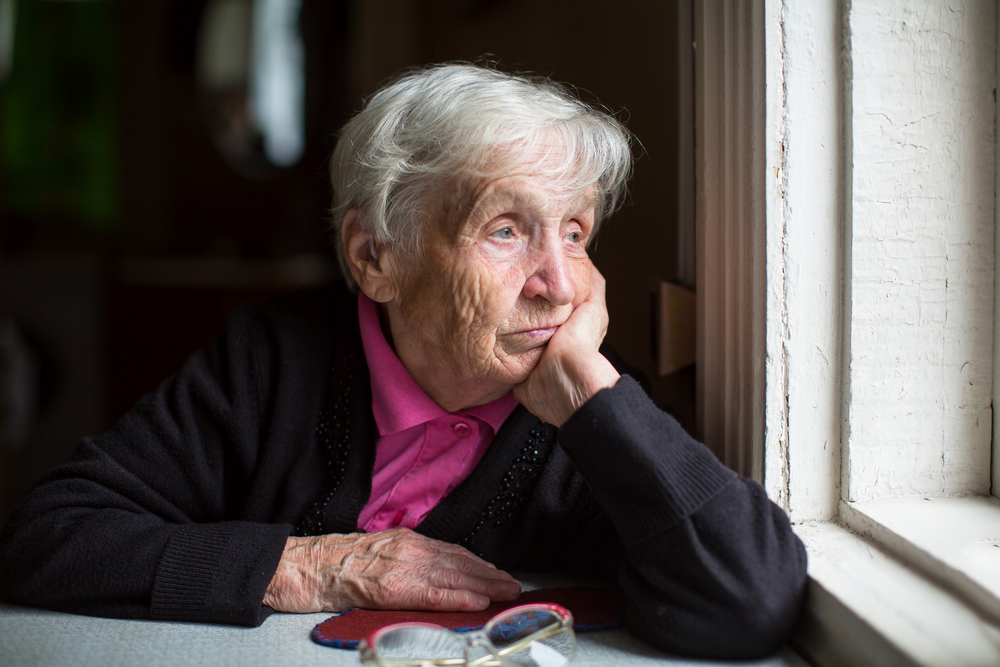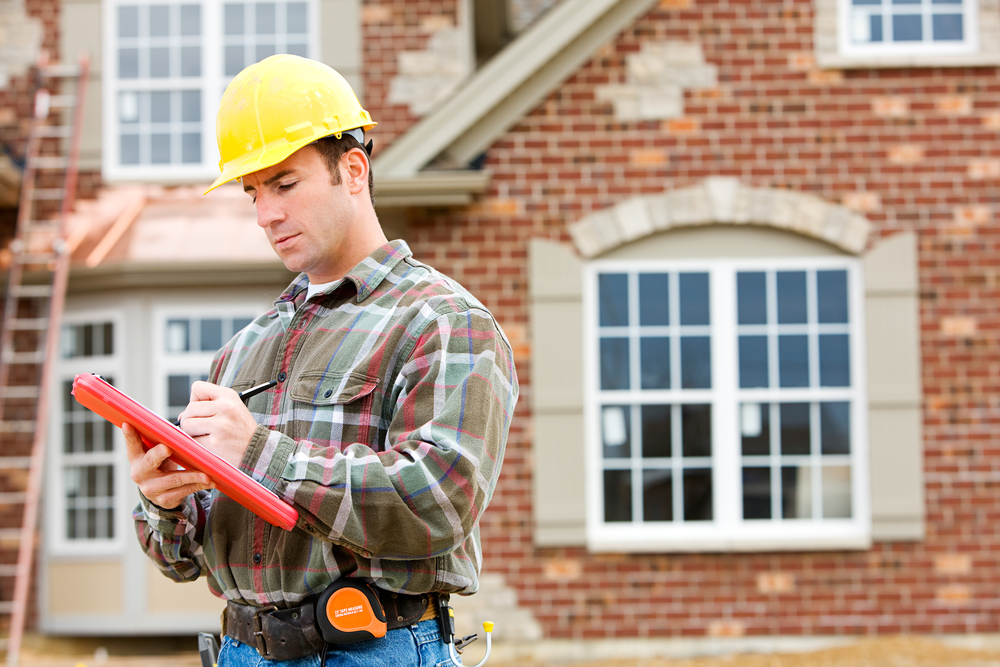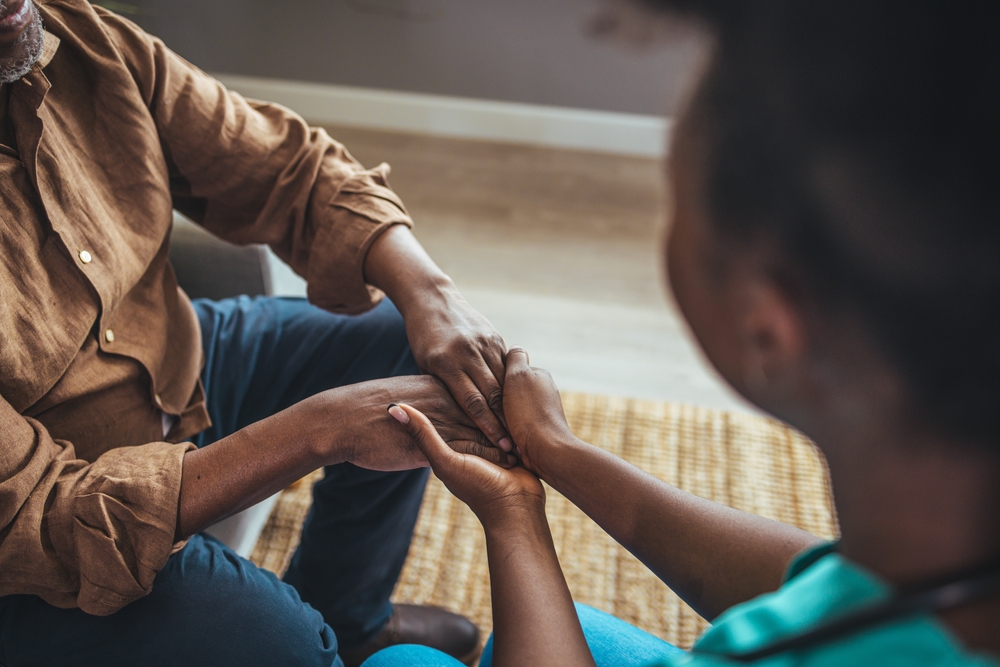How to Report Unsafe Living Conditions of Elderly Adults
Category:

Senior care providers may want to provide a safe environment for your loved one on paper, but unfortunately, there are individuals out there who will take advantage of them as well. Older adults with poor cognitive function, increased physical dependency, and economic and racial disparities are at the highest risk for abuse in healthcare facilities and at home. Let’s take a look at unsafe living conditions for the elderly and how to report them.
Types of Elder Abuse and Neglect
From physical abuse to exploitation, seniors are not immune to any harmful behaviors from care providers. Here is a closer look at some types of abuse and neglect elderly people can experience.
-
Physical abuse
-
What is it?: the use of physical force to result in bodily injury, pain, or impairment
-
Physical abuse in the elderly includes:
-
Hitting and shoving
-
Inappropriate use of restraints
-
Inappropriate use of drugs
-
-
-
Emotional abuse
-
What is it?: the infliction of distress through verbal and non-verbal acts
-
Emotional abuse in the elderly includes:
-
Yelling
-
Gaslighting
-
Isolating the individual from friends and activities
-
Infantilizing
-
Humiliation
-
Terrorizing
-
-
-
Sexual abuse
-
What is it?: non-consensual sexual action
-
Sexual abuse includes:
-
Rape
-
Inappropriate touching
-
Forced nudity
-
Showing pornographic material
-
Photographing the elderly individual in inappropriate positions
-
-
-
Financial scams/exploitation
-
What is it?: Stealing or mismanaging finances and/or possessions
-
Financial scams/exploitation include:
-
Misusing checks, credit cards, or bank accounts
-
Identity theft
-
Forging signatures
-
Gross misuse of guardianship or power of attorney
-
Phone scams
-
Prize scams
-
Investment fraud
-
-
-
Self-neglect
-
What is it?: Engaging in behaviors harmful to health and safety
-
Signs of self-neglect in the elderly include:
-
Refusal to eat and drink
-
Refusal to keep clean
-
-
Download a Free Elder Abuse Awareness Guide
Signs of Elder Abuse and Neglect
It can be hard to figure out if a senior is experiencing abuse, especially if they have speaking difficulties. However, you can still look out for red flags. These include:
-
Bruises, burns, and other signs of physical trauma
-
Confusion
-
Depression
-
Social withdrawal
-
Finances changing or getting worse
-
Bedsores and poor hygiene
-
Weight loss
-
Sudden negative reaction to physical contact
-
Unexplained diseases or injuries in private areas
-
Unwillingness to speak or self-doubt
Now that we know a little bit about these unsafe conditions, let’s take a look at how to report unsafe living conditions of the elderly.
Who Do You Call to Report Elder Neglect or Abuse?
If you know someone is in immediate danger, you should first and foremost call 9-1-1. If that’s not necessarily the case, then you can take advantage of other resources. Let’s take a look at where to report elderly neglect or abuse so you can keep your loved one safe.
-
Eldercare Locator: Open Monday- Friday from 9 am-8 pm EST, trained operators will direct you to a local agency that can help. Call 1-800-677-1116.
-
Adult Protective Services: Trained professionals will investigate abuse claims. You can either call the national hotline at 800-222-8000 for the local number or check out this state-by-state list.
-
National Domestic Violence Hotline: Call 800-799-SAFE to report physical and emotional abuse.
-
Your local ombudsmen: Click here to find the number for your local ombudsmen so you can report abuse or neglect at a nursing home or senior living facility.
Subscribe
Date: 2020-12-08
Category:


